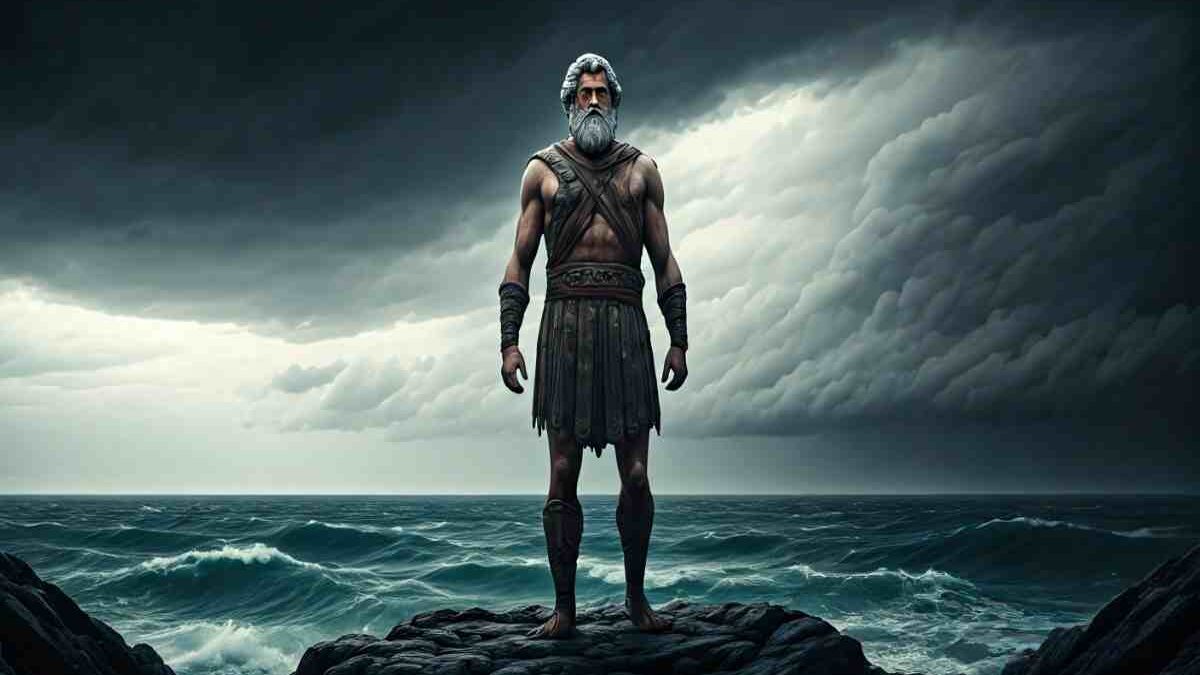Table of Contents
Key Highlights
- In Part 2 of The Odyssey, Odysseus’s weakness is most clearly revealed through his curiosity and recklessness, especially when dealing with the cyclops.
- The excerpt “I wished to see the caveman, what he had to offer—” directly showcases Odysseus’s urge to explore danger.
- This flaw puts both Odysseus and his best fighters at risk, demonstrating leadership vulnerability.
- Bringing a wineskin suggests he plans ahead, but his actions underline a lack of caution.
- Homer uses this weakness to deepen Odysseus’s character and drive key events in the odyssey’s narrative.
Introduction
Odysseus stands as one of the most complex figures in The Odyssey, a poem filled with adventure, peril, and human error. Through various excerpts, readers witness moments where even this legendary hero is not immune to flaw. While his intelligence and bravery are often highlighted, Part 2 of The Odyssey presents a revealing glimpse into Odysseus’s more vulnerable side. Examining a specific excerpt helps to understand how this weakness shapes the journey and brings fresh insight into Odysseus’s evolving character.
Revealing Odysseus’s Weakness in Part 2 of The Odyssey
Throughout Part 2 of The Odyssey, Odysseus’s weakness comes into sharp focus. The excerpt “I wished to see the caveman, what he had to offer—” reveals a blend of curiosity and recklessness. While he is a renowned strategist, his desire to confront the unknown, especially with the cyclops, exposes a flaw that puts his men in jeopardy.
Such moments highlight that Odysseus’s weakness is not just a minor trait but a driving force in the narrative. Instead of safeguarding his best fighters, he leads them into unnecessary peril, bringing tension and depth to his journey.
The Most Telling Excerpt Highlighting Odysseus’s Flaw
Among the lines in Part 2, “I wished to see the caveman, what he had to offer—” stands out as the most telling. This excerpt uncovers Odysseus’s weakness: a persistent urge to satisfy his own curiosity, even at great personal and collective risk. His decision to approach the cyclops, taking only his best fighters and a wineskin, shows a mix of boldness and disregard for danger.
Here’s a detailed comparison of key lines and what they reveal:
| Excerpt | What It Reveals About Odysseus’s Weakness |
|---|---|
| “I wished to see the caveman, what he had to offer—” | Curiosity leading to recklessness |
| “a wineskin full I brought along, and victuals in a bag” | Preparation, but possibly underestimating the risk |
| “as for myself I took my five best fighters and went ahead.” | Leadership, but exposing others to danger |
This episode with the cyclops is pivotal. Odysseus’s flaw is not simple pride or a hunger for glory—it’s a complex mix of curiosity and overconfidence, which shapes both his fate and that of his crew.
Analysis of What This Weakness Means for Odysseus as a Leader
Odysseus’s weakness in the odyssey reveals much about his role as a leader. By choosing to investigate the cyclops’s cave, he jeopardizes not only himself but also his best fighters. This moment of vulnerability becomes clear when his actions lead to dire consequences for his men, showing that even skilled leaders can falter.
This recklessness is a double-edged sword. While it drives the narrative and creates thrilling tension, it also casts a shadow over Odysseus’s judgment. Homer’s portrayal reminds us that true leadership involves both courage and restraint—a lesson Odysseus learns repeatedly on his journey.
The ray of hope, however, lies in growth. By exposing Odysseus’s weaknesses, Homer allows the character to evolve, making his eventual triumphs and failures more meaningful. This complexity is what sets Odysseus apart as a hero shaped by both strengths and flaws.
Conclusion
In summary, Odysseus’s journey in Part 2 of The Odyssey reveals the complex nature of his character, particularly his vulnerabilities. His weaknesses not only shape his personal narrative but also affect his leadership and the dynamics with those around him. The exploration of these flaws invites readers to delve deeper into the themes of pride and temptation, making Odysseus a relatable and multifaceted hero. Understanding his challenges allows for a richer appreciation of the text and its significance in literary history. If you’re eager to explore more about this epic tale, feel free to reach out for further discussions or insights.
Frequently Asked Questions
What is the significance of Odysseus’s weakness in shaping the story?
Odysseus’s weakness, exposed in the cyclops excerpt, propels the odyssey’s plot and adds complexity to his character. By making reckless choices, Odysseus brings both danger and growth, ensuring that his journey is one shaped as much by internal conflict as by outward adventure.
How do other characters respond to Odysseus’s moments of weakness in Part 2?
Odysseus’s best fighters suffer from his decisions, especially after the cyclops encounter. Their reactions range from frustration to reluctant loyalty, as they witness firsthand how Odysseus’s flaws—like his reliance on the wineskin and pursuit of danger—can threaten their survival.
Does Homer present Odysseus’s weakness as pride, temptation, or something else?
In Part 2, Homer frames Odysseus’s weakness as more than pride or temptation. Instead, it is his curiosity and risk-taking nature—the desire to “see the caveman”—that exposes him. This trait, illuminated by the ray of narrative focus, serves as both his drive and his undoing.

